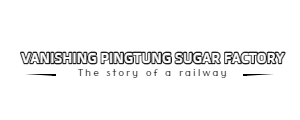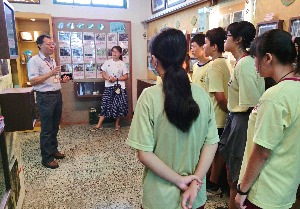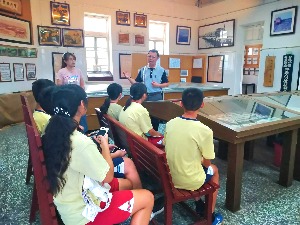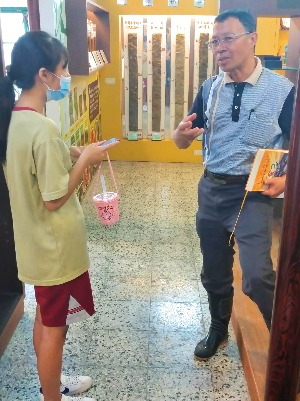Interviews
Mr Tsang
Mr Tsang is currently working in the land development section of tx pingtung district as the narrator of the team visit. It was a pity that we could not see the original appearance of the pulp mill with our own eyes during our visit, because the pulp mill had been demolished and only a few raw material warehouses remained, so we could only refer to the materials and photos in the cultural relic tube of taitang. During the interview, Mr. Zeng told us something about the pulp mill and its evolution, and also introduced to us the few remaining pulp mill raw material warehouses in the museum, so that we could have a deeper understanding of the pulp mill and it was easier to write articles. When we went to visit Mr. Zeng the second time, there were a lot of problems in the process of collecting materials. This time, each of us brought a lot of problems and prepared to visit Mr. Zeng. When we arrived at the museum, we found a spacious place to consult Mr. Zeng. I found that he could answer all the weird questions one by one. At the same time, he took us to make a detailed introduction of relevant cultural relics and documents related to our problems to deepen our understanding of taitang.




















